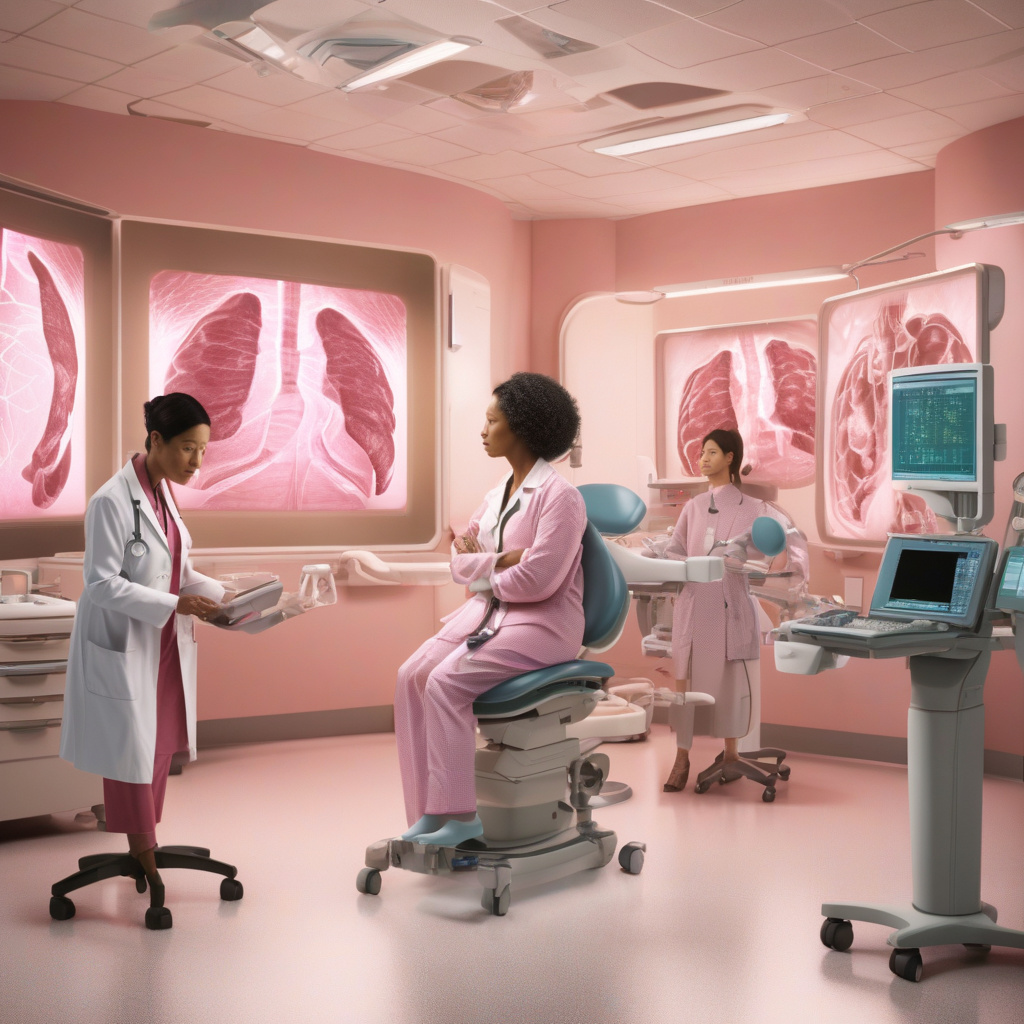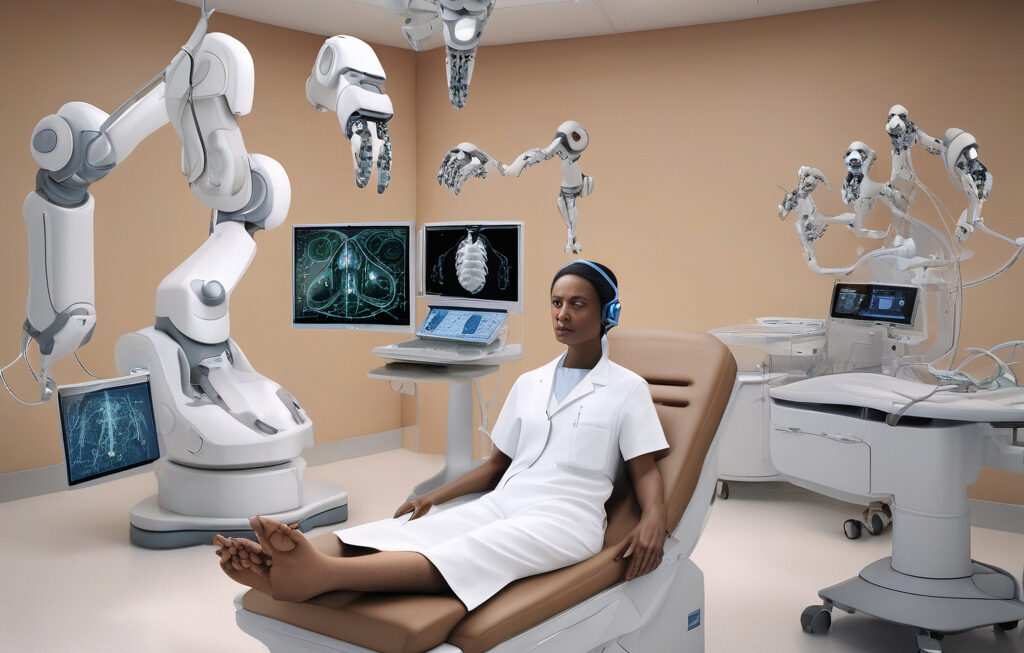AI Tool Combines Breast Cancer and Heart Disease Screening to Save Lives
In the realm of healthcare, the integration of artificial intelligence (AI) has been a game-changer, revolutionizing the way diseases are detected and treated. Recent advancements have led to the development of an innovative AI tool that combines screening for two major health concerns in women: breast cancer and heart disease. This groundbreaking technology not only has the potential to streamline healthcare processes but also to save lives by addressing critical gaps in current screening practices.
Cardiovascular diseases stand as the leading cause of death among women, contributing to a staggering 35% of female mortality worldwide. Despite these alarming statistics, the screening and early detection of heart disease in women remain limited and often overlooked. Traditional risk assessment tools primarily focus on male-dominated parameters, leading to underdiagnosis and inadequate prevention strategies for women. As a result, many women are left unaware of their cardiovascular health status until a serious event occurs.
On the other hand, breast cancer screening has seen significant advancements over the years, with mammograms and other imaging techniques playing a crucial role in early detection. However, the process of undergoing multiple screenings for different health conditions can be time-consuming, costly, and burdensome for patients. Here is where the AI tool combining breast cancer and heart disease screening comes into play, offering a comprehensive and efficient solution.
By utilizing AI algorithms that analyze data from various sources, including mammograms, electrocardiograms, and patient health records, this tool can provide simultaneous screenings for both breast cancer and heart disease. The integration of multiple datasets allows for a more holistic assessment of a woman’s health, taking into account the interconnectedness of these conditions. Not only does this streamline the screening process, but it also enables healthcare providers to offer personalized prevention and treatment plans tailored to each individual.
One of the key advantages of this AI tool is its ability to address the disparities in cardiovascular risk assessment for women. By considering gender-specific factors and patterns that may differ from those in men, the tool can provide more accurate risk predictions and early detection of heart disease in women. This proactive approach is essential in reducing the high mortality rates associated with cardiovascular diseases in females and improving overall health outcomes.
Moreover, the integration of breast cancer screening alongside heart disease evaluation offers added convenience and efficiency for patients. Instead of scheduling separate appointments and undergoing multiple tests, women can now benefit from a one-stop screening process that covers two significant health concerns. This not only saves time and resources but also encourages more women to prioritize their health and undergo regular screenings.
As with any AI technology, the success of this tool lies in its continuous refinement and validation through real-world applications and clinical studies. Ensuring the accuracy, reliability, and accessibility of the AI tool is crucial in gaining the trust of healthcare providers and patients alike. Collaborations between AI developers, healthcare professionals, and regulatory bodies are essential in driving the adoption and integration of this technology into standard healthcare practices.
In conclusion, the development of an AI tool that combines breast cancer and heart disease screening represents a significant step forward in women’s healthcare. By addressing the critical gaps in cardiovascular risk assessment and offering a more comprehensive screening approach, this technology has the potential to improve early detection rates, reduce mortality from heart disease, and empower women to take control of their health. As AI continues to reshape the landscape of healthcare, innovations like this hold promise for a future where preventive care is personalized, proactive, and accessible to all.
AI, BreastCancer, HeartDisease, HealthcareInnovation, Women’sHealth












